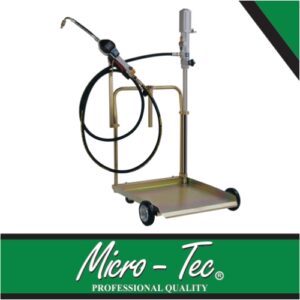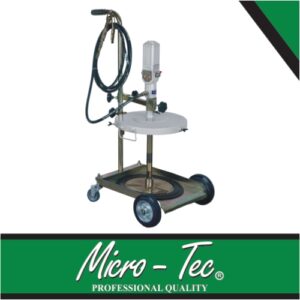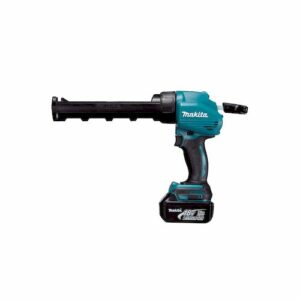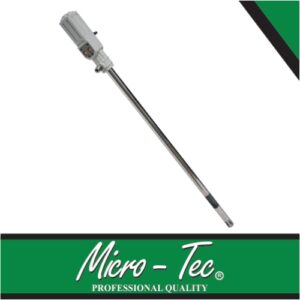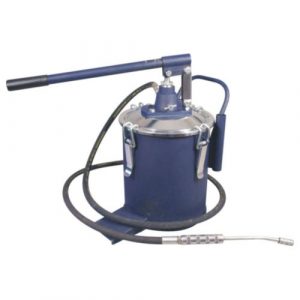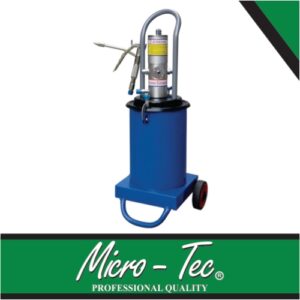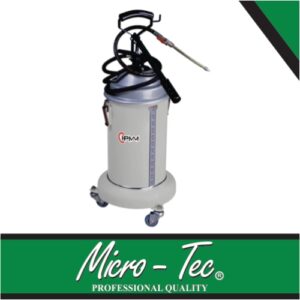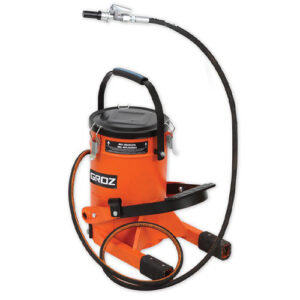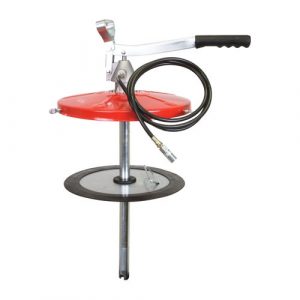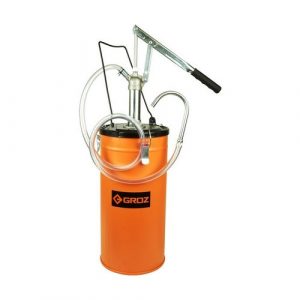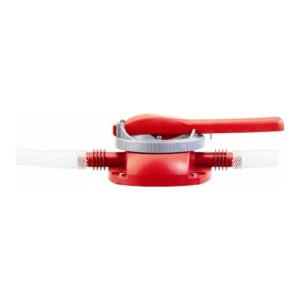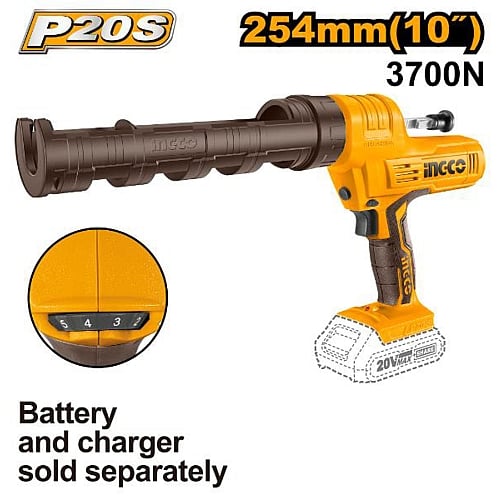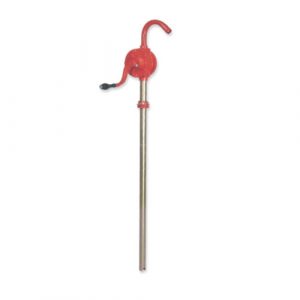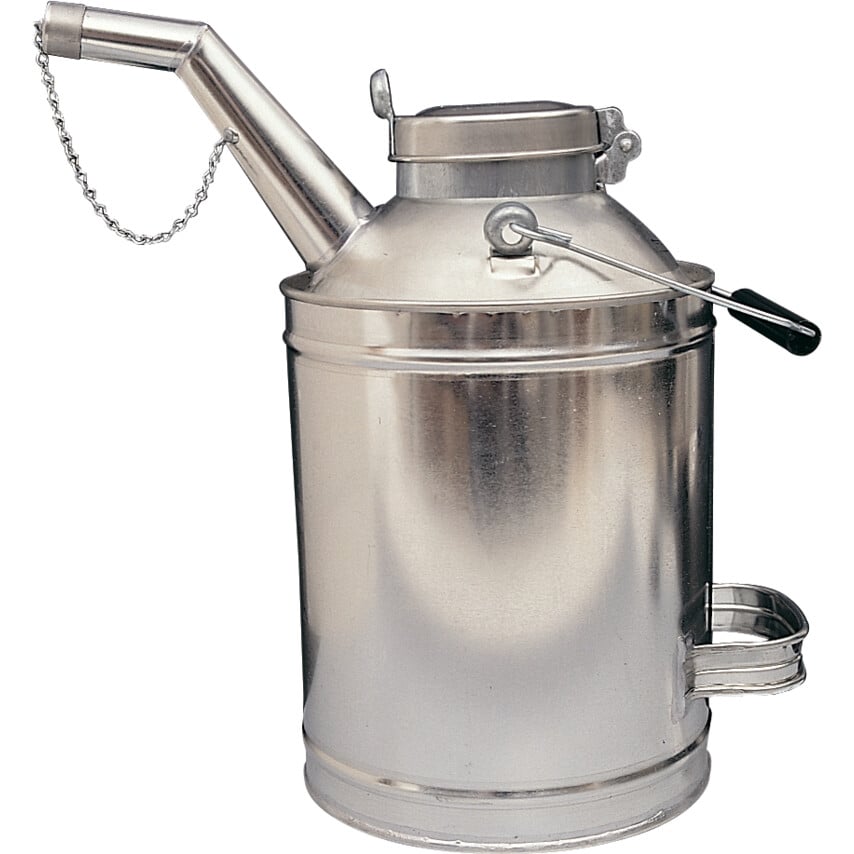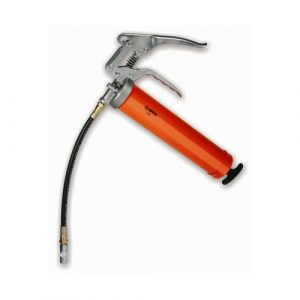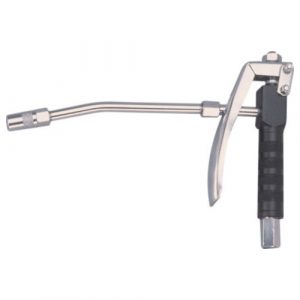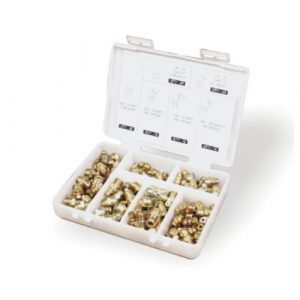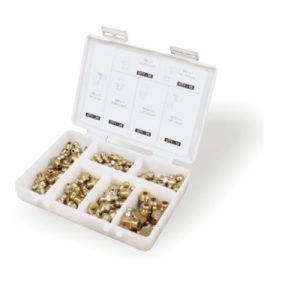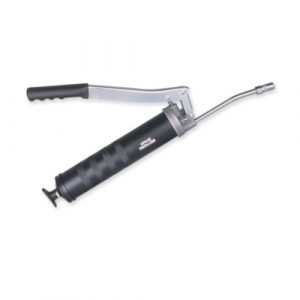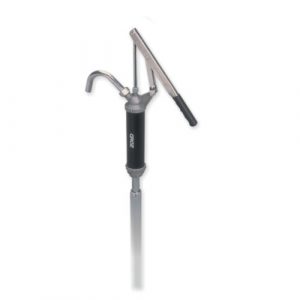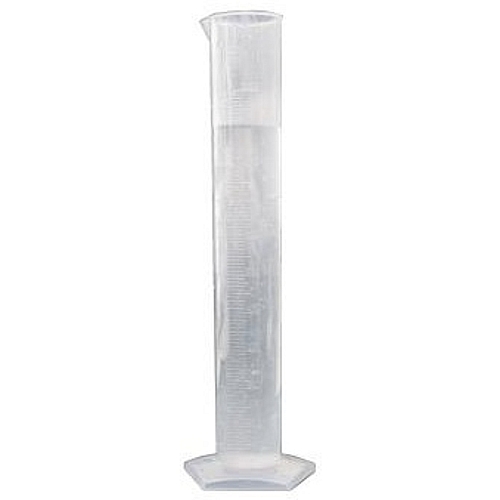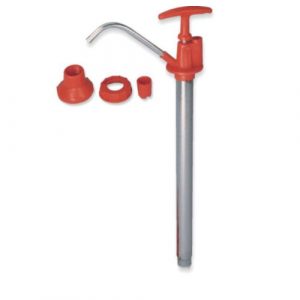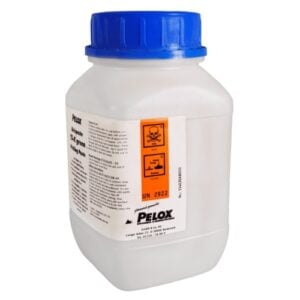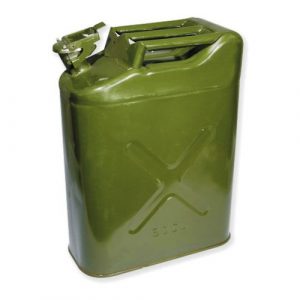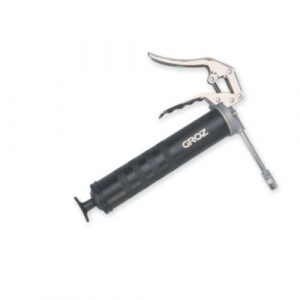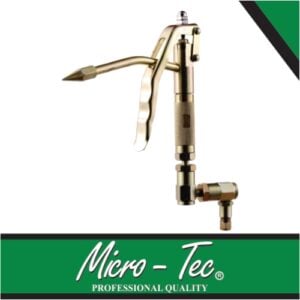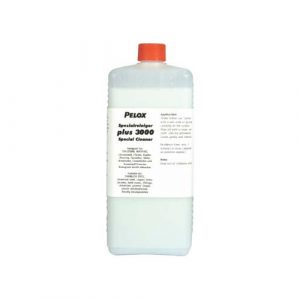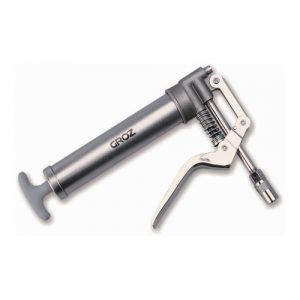What are lubricants & chemicals?
The lubricants and chemicals category contains a variety of products, including graffiti remover, spray paints and slideway oils. Essentially a grouping of maintenance supplies, you’ll find line marking paints, pots of undercoat and paint pens to maintain signage and safety for employees. As well as multi-purpose lubricants, anti-seize compounds and solvent-based parts cleaners to clean and maintain machinery.
Why buy lubricants & chemicals?
Maintenance and repair are an important part of keeping business running and productivity at a maximum. Lubricating products like grease and multi-purpose lubricants ensure machinery runs smoothly and keeps operators safe from injury.
Similarly, paints can seal metals to prevent corrosion damage to both buildings and equipment, which is a cost-effective alternative to replacing damaged components or carrying out costly repairs.
Lubricant & chemical types
• Cleaners & degreasers. Features a selection of contact cleaners for cleaning electrical equipment, and degreasing solvents used on metals and most plastics to remove grease build-up and other contaminants
• Detection fluids. Typically an aersol spray, these products are classed as flawfinders and leak detectors respectively. Flawfinding sprays identify cracks and flaws in surfaces, while leak detectors highlight gas leaks which are invisible to the naked eye
• Greases, lubricants & oils. This series of products are designed to lubricate moving parts and to protect machine components against corrosion
• Metal working fluids. Manufactured for machine maintenance, these products include cutting and coolant fluids, high-pigment layout fluids and rust prevention treatments
• Paints & primers. Used for line marking walkways and general maintenance of walls and other paintable surfaces
• Wax coatings & accessories. Supplied as coloured cubes, these hot dipped coatings are designed for tools and other components to protect against corrosion and impact damage
Considerations when choosing lubricants & chemicals
• Requirements. Check the manufacturer’s instructions before purchasing cleaners and lubricants for machine parts.
• Area. When painting a space, check the area size to ensure the right amount is purchased.
• Personal Protective Equipment. Ensure that when handling chemicals and solvents that the correct safety clothing is worn, such as chemical protection gloves and aprons or coveralls to protect clothing.
Lubricants & chemicals jargon buster
We want to keep you informed on the safety and quality testing of the products in our range. So, we’ve explained an associated standard for oils and lubricants, so you can better understand their applications.
What does EN ISO 19291:2016 mean?
This quality standard outlines the test methods and requirements for oils and lubricants including petroleum and fuels, both natural and synthetic. It checks substance performance under typical conditions using a high-frequency, linear-oscillation machine to test friction, load capacity and more under specific conditions.
Let’s break it down…
• EN – This is the prefix to all European standards
• ISO – An abbreviation for the International Organization for Standardization
• 19291 – This is the assigned legislation number
• 2016 – This is the date this first edition standard was published
FAQs
What are the types of lubricants?
There are some more commonly used lubricants for machine parts and engineering. One of which is grease, which reduces friction in moving components, protects against dirt and debris and acts to maintain safe temperatures. Oil, also helps with smooth movement, but protects metals against corrosion and seizing.
Are the chemicals in contact cleaner toxic?
Yes, non-flammable contact cleaners do typically include toxic chemicals, such as Perchloroethylene or Perc, which, if inhaled can wreak havoc on the nervous system and cause dizziness and head pain. When using non-flammable contact cleaners, it’s best to work in a well-ventilated space and to wear a mask to protect against inhalation.
